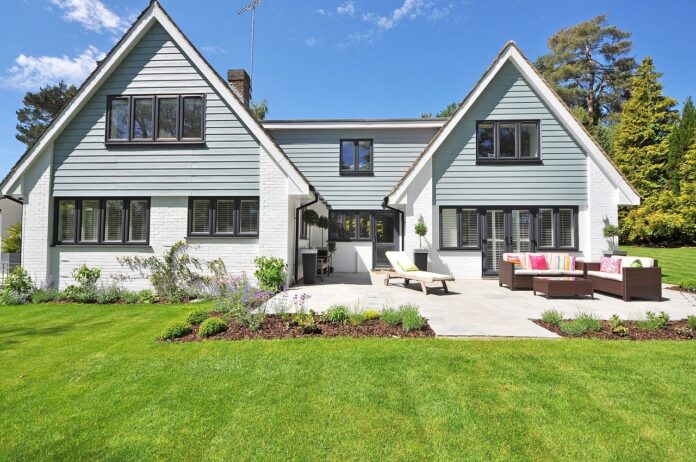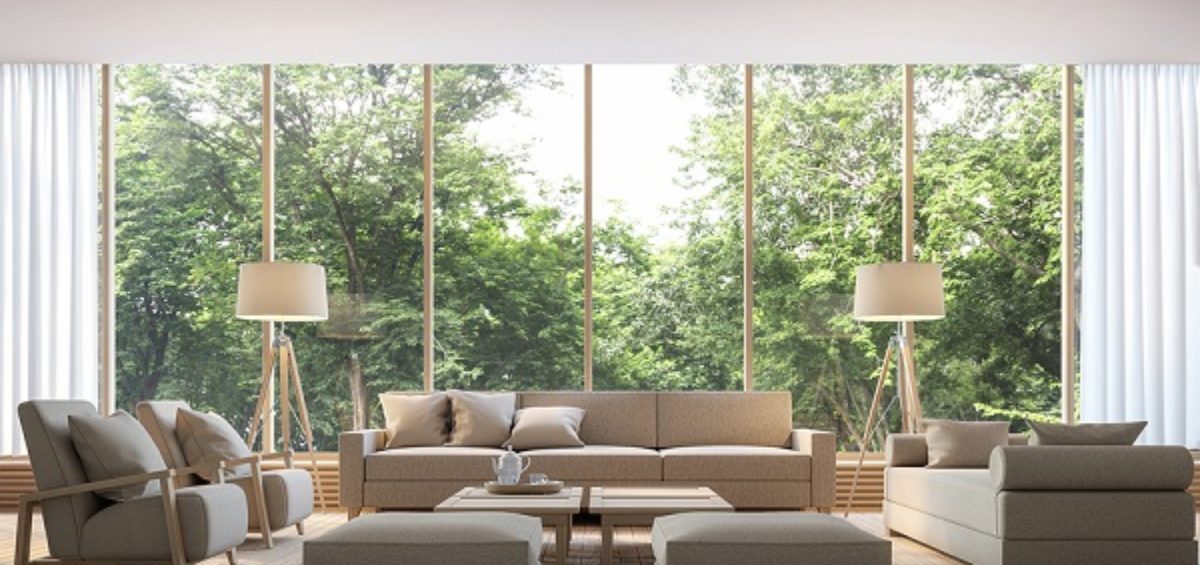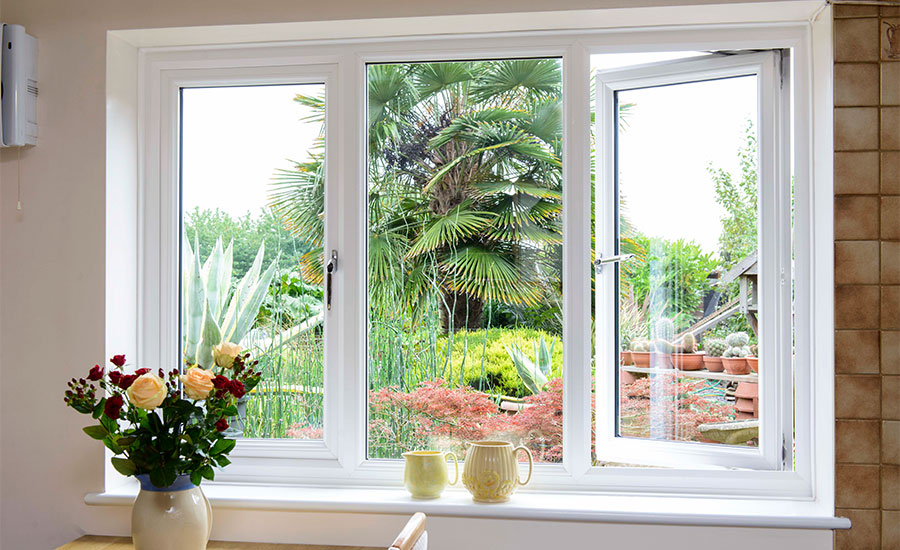As the name suggests, double glazed windows have two layers instead of one single glass with an inert gas layer locked in between. The windows become airtight when they are sealed, and they create almost double the insulation as regular single-glazed windows.
These insulated sealed units can provide up to 40% insulation with two panes of glass, several coatings and tints, and insulating gas. They serve as a barrier between outdoor and indoor air and provide insulation. Cold or hot air can easily flow from outdoor to indoor and vice versa through single-pane windows. It causes a 30% loss of all the cool and hot air from the indoor environment.
Double glazed windows from Eco Windows can reduce up to 50% of temperature exchange with improved insulation. Hence, the warm air stays inside during the winter, and cold air doesn’t go out during the summer. Double glazed glass ultimately helps in saving energy bills because of its insulating features. As a result, central heating and air conditioning units have to work less as these glasses reduce the loss of cool air during summer and heat during winter. They maintain a constant temperature on the premises.
In this guide, we are going to explain some essential components and how double glazed windows work –
The Frame
Fiberglass, aluminum, and wood are the materials used to produce window frames. But uPVC frames are very prevalent these days in the best quality double glazed windows. uPVC window frames are considered to be the best as they are weather-resistant and robust. Whether it’s made as sculptured, chamfered, or awning frames, uPVC improves the security as they are durable and serve well for years as they can easily withstand any weather condition.
Glasses
Double glazed windows have two layers of glasses. When you install a single glazed window, it can slow down the transfer of heat and coolness between outdoor and indoor settings and also filter some noise. But double glazed windows can improve the insulation and filter out outside noise. You can also order double glazed windows to be made with self-cleaning or solar control glass.
The gas
You may have noticed some space between two glasses in these windows. The space also ranges from 4 to 30 mm as per the type of glass used and the window’s size. Argon gas is used to fill the cavity and give another layer of insulation to the window. All the empty air is removed before filling the window space with dry air or argon gas. It is essential to avoid humidity. In a double-glazed window, the insulating gas drastically improves the window’s energy efficiency and blocks sound waves.
Desiccant and Spacer Bar
Also known as a profile, a spacer bar is a hollow frame with which two glass panes are separated in the window. Aluminum is a cost-effective and flexible material. Hence, it is easy to use to manufacture spacer bars. A desiccant is used to fill the spacer bar in double glazed windows. It absorbs all the humidity and air outside. It keeps condensation at bay and obstructs the view from outside the window.
Seals
There are two essential seals used in double glazed windows. The primary seal is placed between two glass panes and above the spacer bar. This seal prevents humidity and keeps insulating gas inside the window cavity. Another seal is placed around the window unit to hold all the components in the same place. Once the window is installed, it keeps drafts from seeping in.
Bottom Line
Hence, it is proved that double glazed windows work, and they are not a marketing gimmick. There are benefits of double glazed windows that you can notice only when you use them.




















